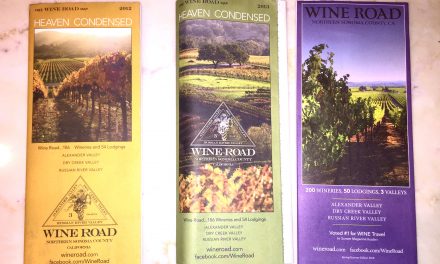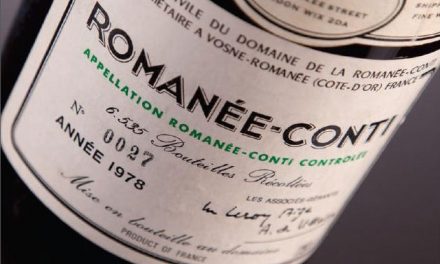I generally shy away from immersing myself in the details of technical winemaking. I figure I am a member of the “audience”, and for me it’s the “performance” that counts, rather than what it took to produce it. Having said that, after 15 plus years of wine tasting, it is impossible to ignore some winemaking techniques.
Take the demonstrated bottle as an example. It is an offering from a monthly wine club I belong to in a San Francisco wine shop. It is a Gigondas, an appellation near the famed Chateauneuf du Pape region of Southern Rhone. The wines here, exclusively reds, can be considered “value” versions of their more illustrious southern neighbor. They feature a similar combination of grenache, syrah, moverdre and cinsault. Prices, especially in restaurant wine lists, tend to be great bargains.
This particular sample came with a brief write-up from the wine shop about the geography and winemaking philosophy of region. Here’s how the wine is made: “All the fruit is hand harvested and 100% destemmed. The grapes are not crushed, but instead fermented as whole clusters. Fermentation begins naturally without the addition or inoculation of yeasts. Elevage takes place in concrete tanks and 10% oak barrique. The wine is not fined nor filtered.”
Now that’s truely traditional winemaking! Primitive, you might say, by today’s standards. Why, nowadays “boutique” yeasts to flavor your wines this way and that are the rage. No yeast at all? The winemakers might be the same Neanderthals that carved those animals on to the caves of Lascaux to the north-west. 10% oak? What red blooded U.S. wine drinker can tolerate such little oak in their precious wines?
Today’s scientific winemaking doesn’t just feature special yeasts. In addition to various vineyard manipulations which we will leave aside, the winemaking process is subjected to numerous applications of “make-up” including micro-oxygenation, oak exposure, reverse osmosis, alcohol reduction, vacuum distillation, other corrections of concentration, pH manipulation, reduction for sulphur managememt, yeast and microbe control, malolactic fermentation, and more. Can anyone throwing some grapes together for natural fermentation and then using the products without much adulteration be really successful in this day and age?
Well the results are in the recepient’s mouth. I admit I am partial to Southern Rhone wines, but this 07 Gigondas was smooth, well balanced, sufficiently complex, and featured great upfront fruit and no oak. It disappeared from the bottle in no time. And the price? Around $24 for wine club members. One of the hidden advantages of minimal manipulation during winemaking is that it provides for value pricing.
So which would you rather have, a wine with a lot of make-up, or a simple one that exudes its natural beauty? This is a philosophical question. Being a pragmatic person I don’t mind either as long as the end results in my palate are satisfactory. But I can’t help but be impressed with simple traditional winemaking and the fantastic results it can still produce nowadays.
Moris Senegor









